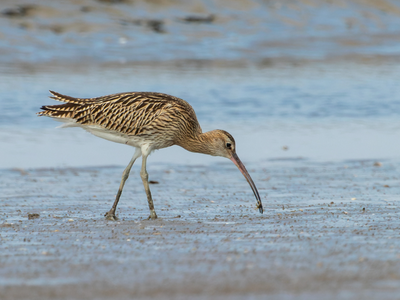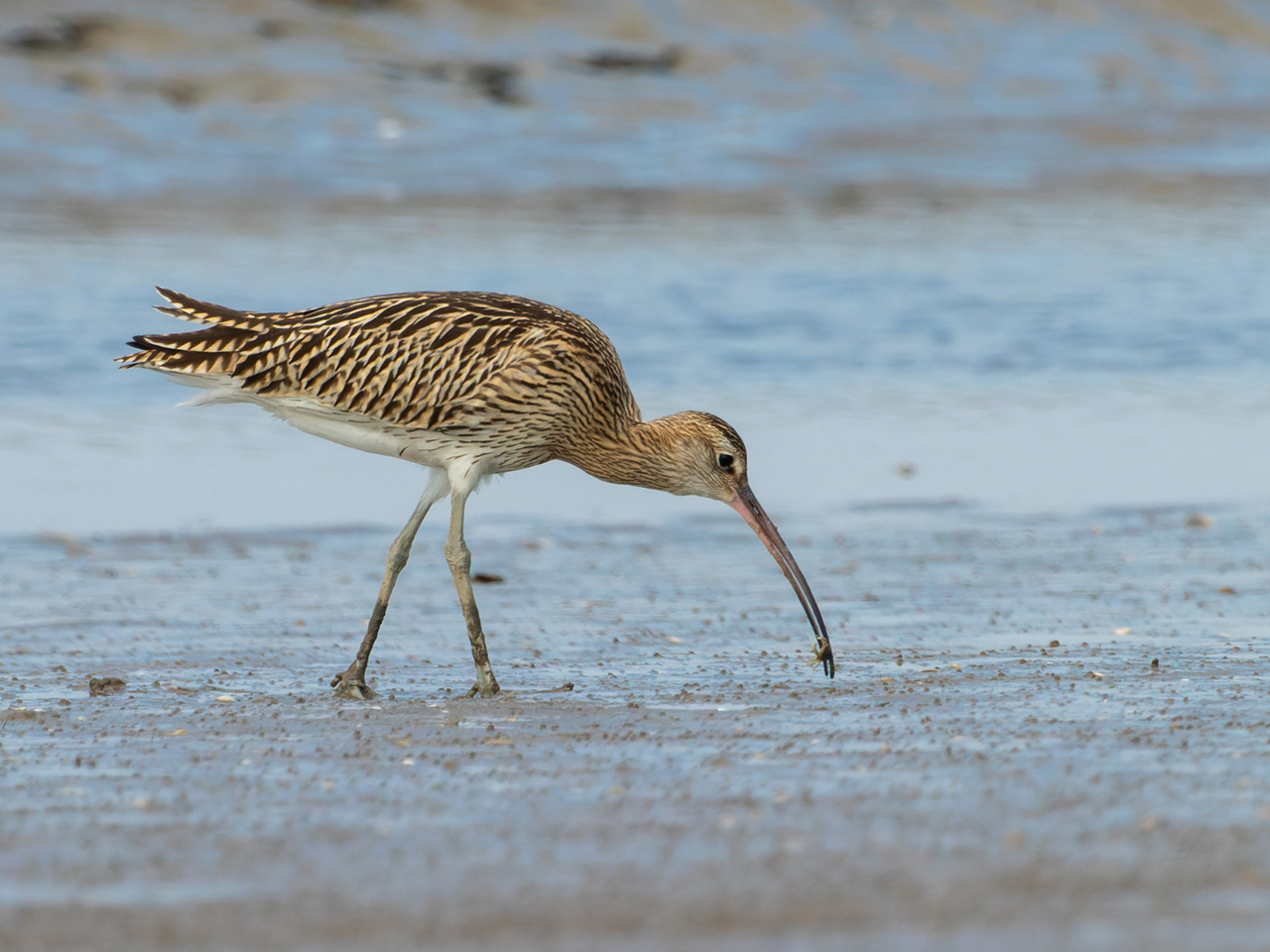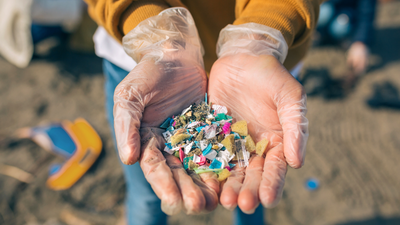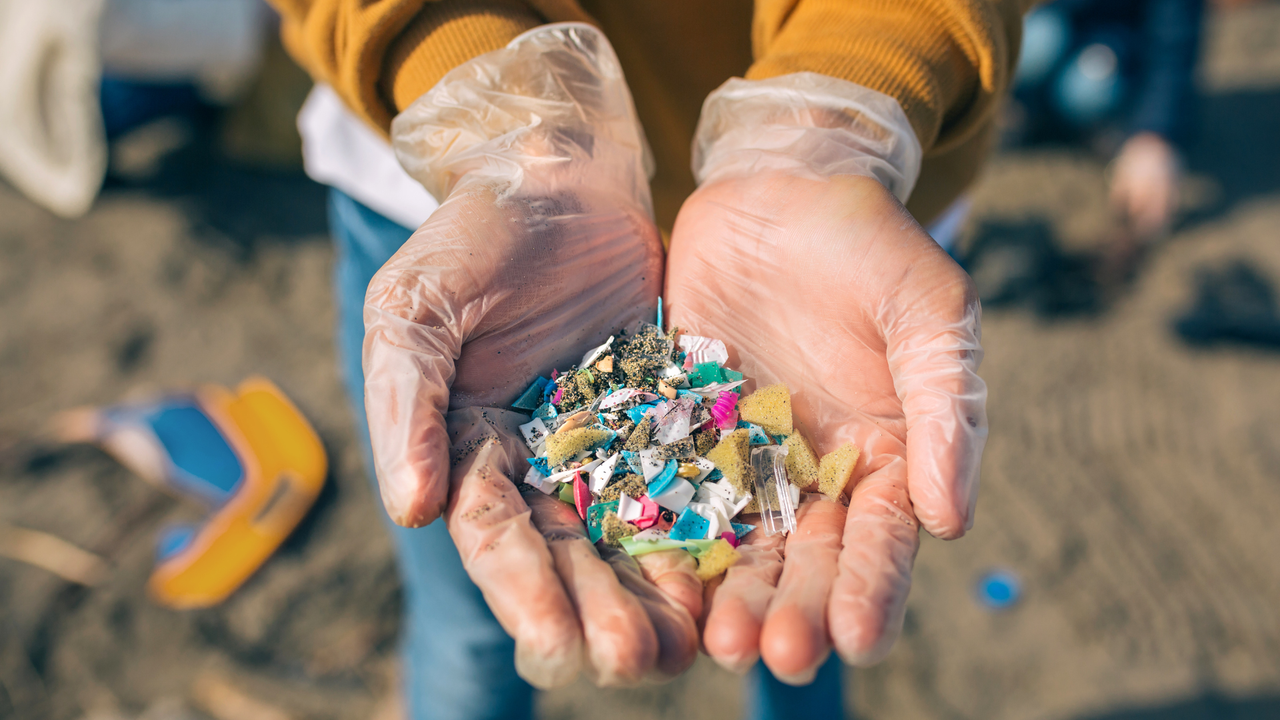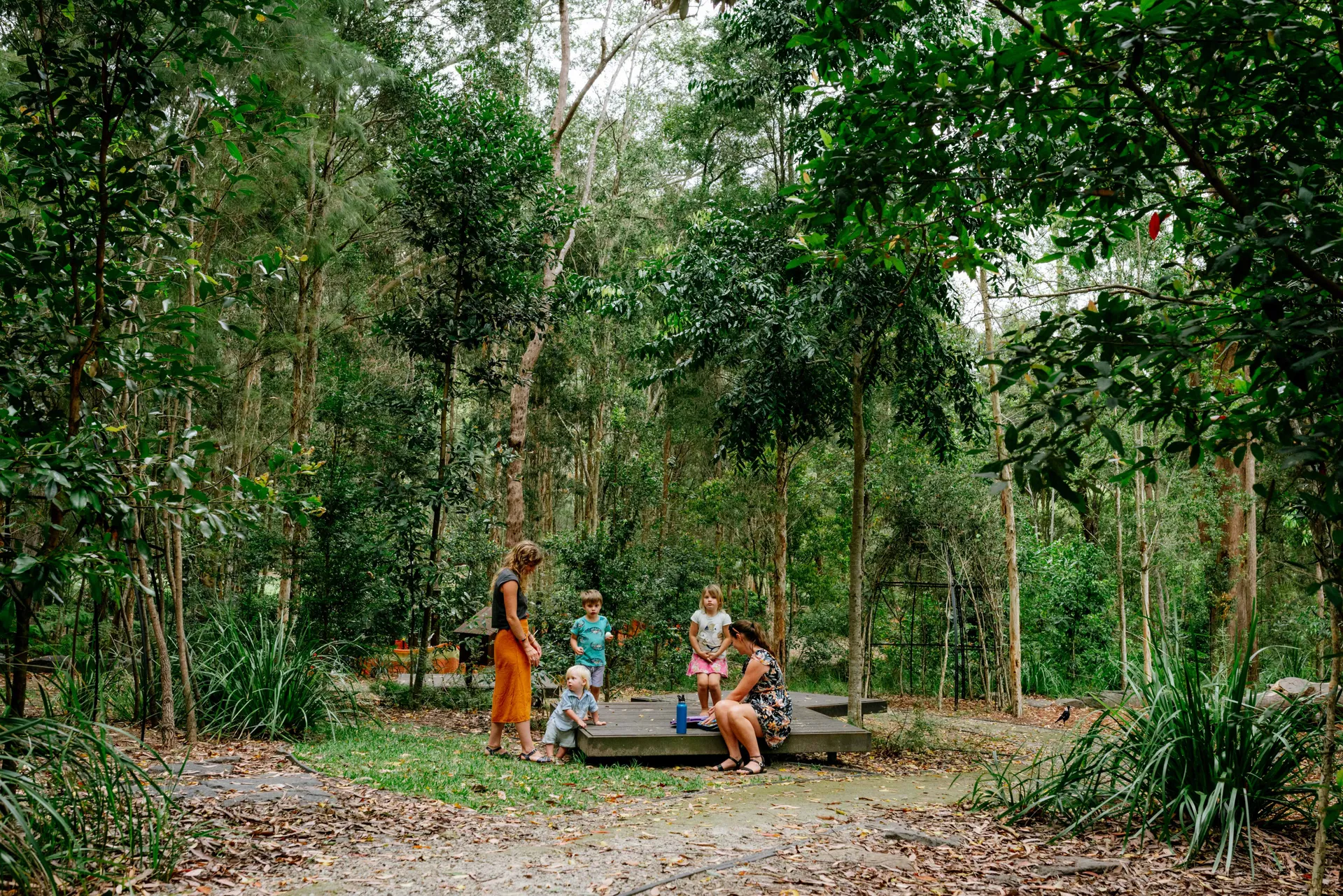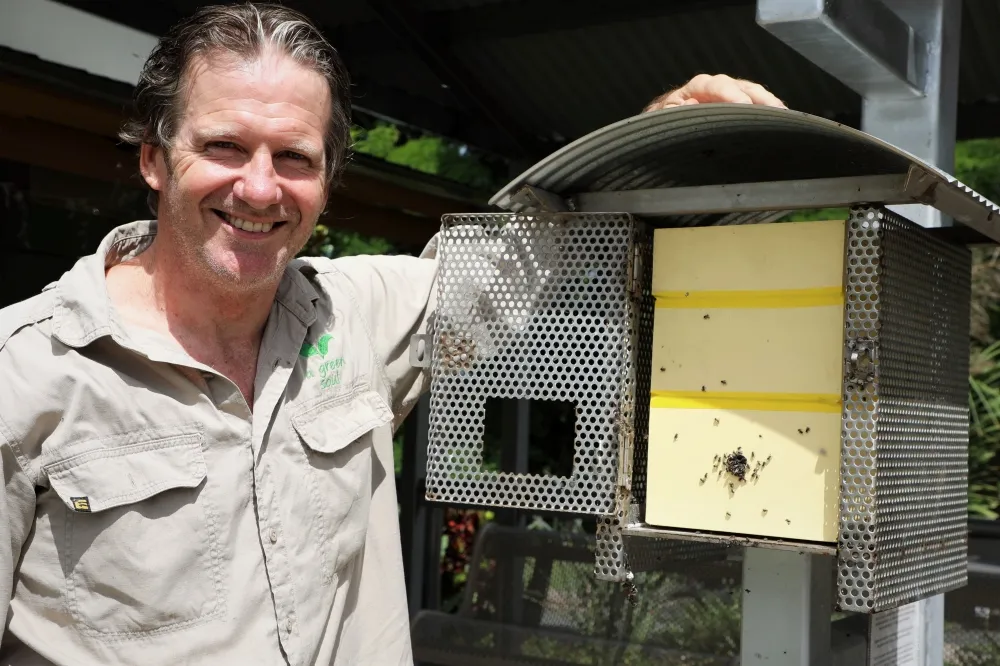Magpie season is coming
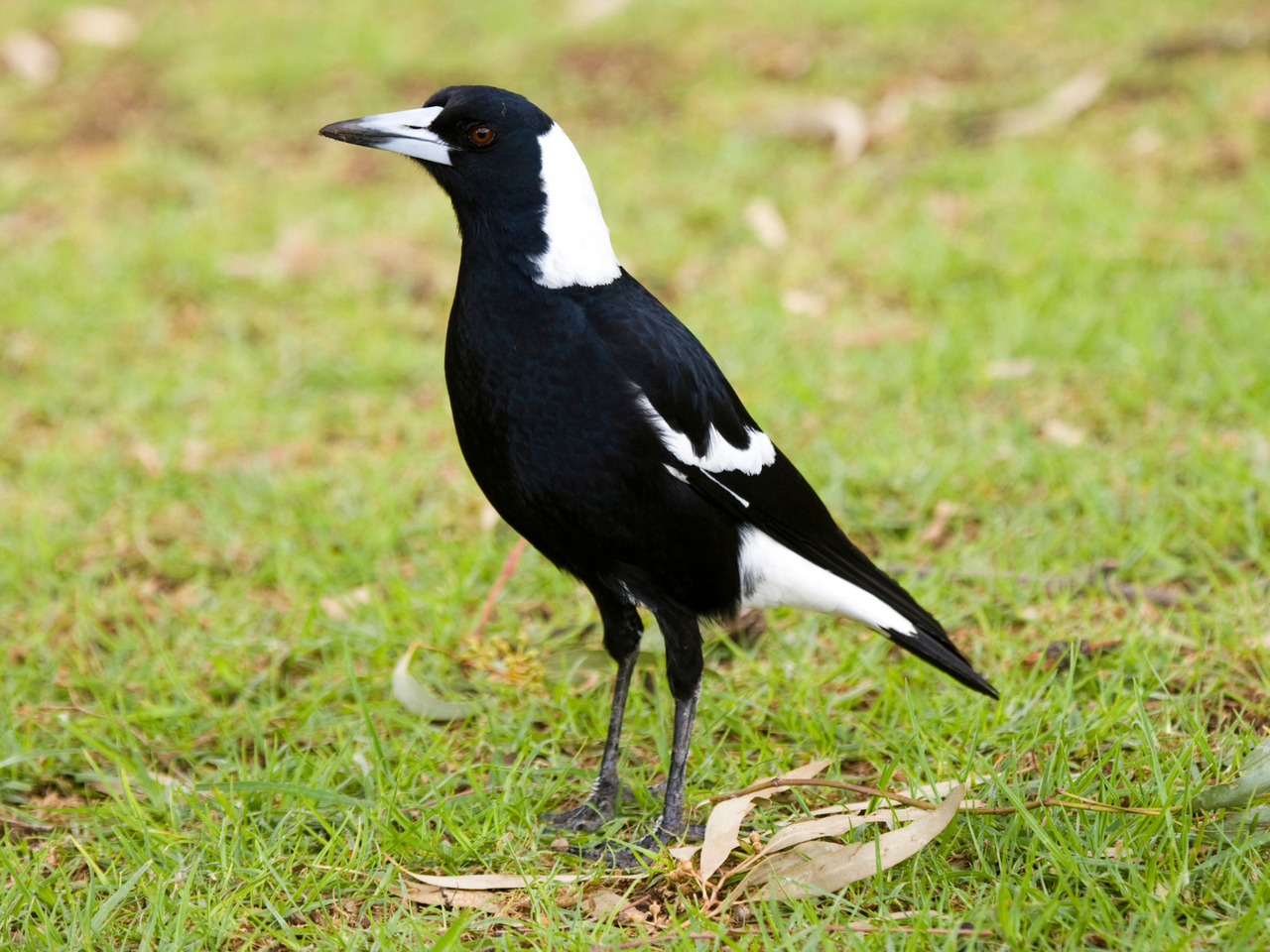
Magpies will often stay in one area for up to 20 years and can identify individuals by their facial features. Learn how to live in harmony alongside your magpie neighbours.
"Good morning Mr Magpie, how's your children, how's your wife"
Superstition
No other wild bird is so steeped in superstition as the magpie. For centuries, folklore surrounding magpies has flourished across the UK and Europe. During the Victorian era, such fear of the bird grew that it was nearly hunted to extinction.
However, before the spread of Christianity, magpies were seen very differently, often as symbols of good fortune and intelligence. The Romans admired the magpie for its cleverness and reasoning skills, while in Ancient Greece, magpies were sacred to Bacchus, the god of wine.
Farther afield, some Native American tribes viewed magpies as symbols of fearlessness, wearing their feathers as signs of bravery. Others believed the magpie to be a sacred messenger from the creator or a guardian with shamanic powers.
The Christian Church, however, cast the magpie in a far darker light. According to Church teachings, the magpie was the only bird that failed to weep or mourn during Jesus’ crucifixion, supposedly because of its black-and-white plumage. This led to many superstitions linking magpies to bad luck or evil.
Closer to home it's nesting season
Some native birds, like magpies, can act defensively to protect their territory, their nests and their young during nesting season.
On the Sunshine Coast, this usually happens between July and November each year.
Top tip - be tolerant of these protected and iconic native birds if you walk or ride near their nests, they're just protecting their nest.
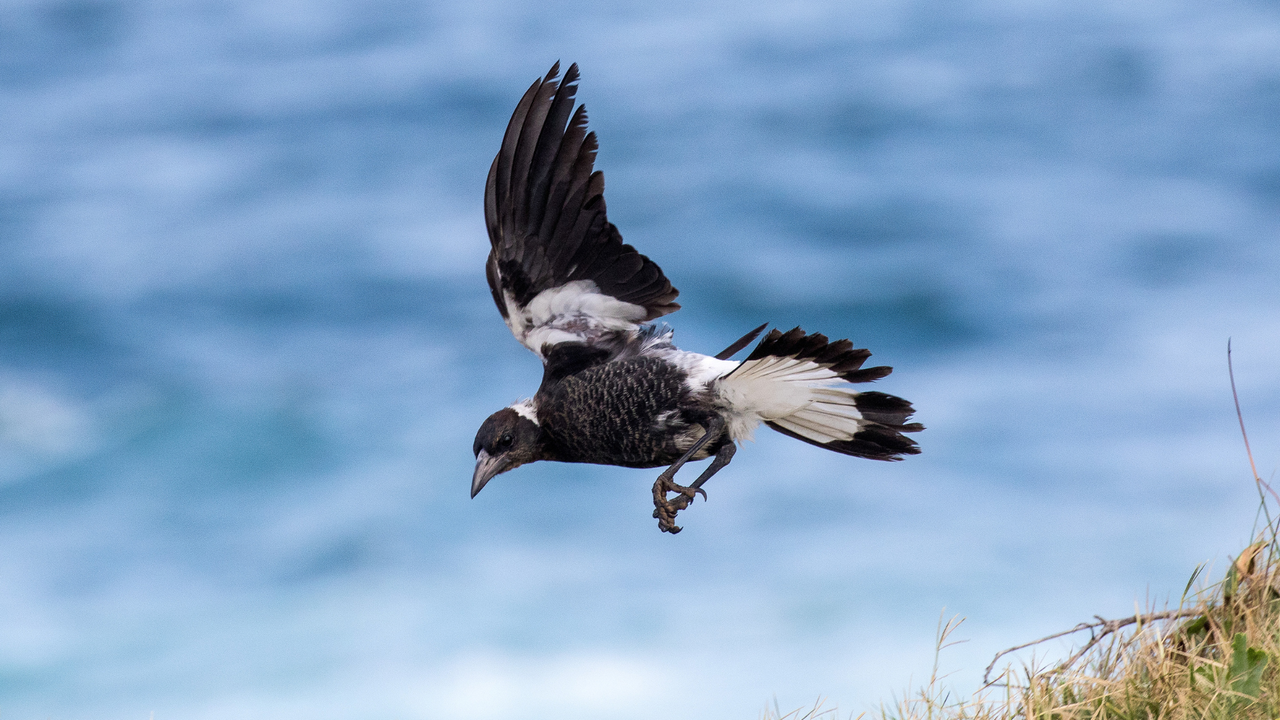
Swooping season
On the Sunshine Coast, September to November is swooping season for magpies and other native birds.
Top tips
If you do have to walk or ride near nests
- move quickly but don’t run
- walk-in groups or avoid the area if you can
- wear a wide-brimmed hat or carry an umbrella
- hop off your bike and walk
Be kind to the birds and leave the nests alone – they have a long memory – and this will help to reduce future defensive behaviour.
Fast Facts
- only 10 per cent of breeding males will swoop, looking after their young for up to two years.
- swooping only begins once the eggs are hatched and ends once the chicks have left the nest, which is about six to eight weeks.
- magpies will often stay in one area for up to 20 years
- they can identify individuals by their facial features.
Learn more
Find out more about our Sunshine Coast native birds on council's website.
Categories:
